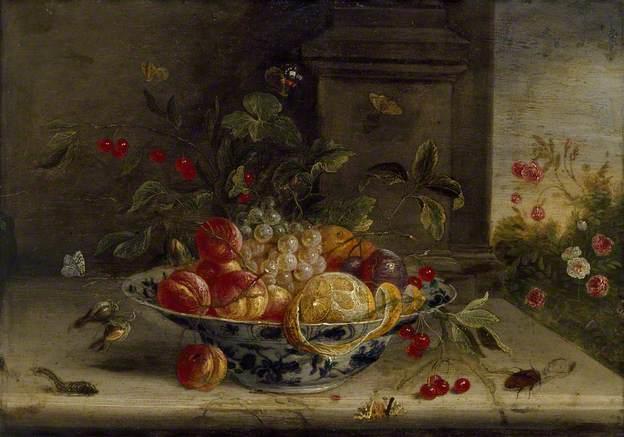For the first time the phrase "decorative still life" began to be used at the beginning of the 20th century, precisely at those times when the process of the appearance of a large number of different new directions in art, including painting, was observed. The last years of the outgoing 19th century and the beginning of the 20th century generally became a period of searching for all kinds of new textures, desperate experiments on space, color and shape.
In the concept of "decorative still life" today it is customary to include all works made in the appropriate style and intended to decorate the interior. This is quite natural - because a still life, by its very definition, suggests the possibility of decorative stylization. Despite the fact that many artists of this era wrote in a different manner, all of their works can be considered equally decorative.
Take for example the works of the famous expressionist artist Matisse, in which the author made the main emphasis on texture and color. The decorativeness of his magnificent still lifes does not cause any doubt. Increased attention to color and its emphasis is also characteristic of the works of Falk, Konchalovsky, Grabar, Antipova.
Fully correspond to the term "decorative still life" images of simple geometric shapes in the paintings of the bright representative of Cubism Pablo Picasso. There is no doubt that the works of Petrov-Vodkin are decorative, which, through a still life, sought to convey complex images and concepts to the viewer.
A characteristic feature that distinguishes a decorative still life is the admissibility of the conditional display of real objects; it does not require unconditional fulfillment of certain staging tasks, such as, for example, displaying materiality, space, and form. Very limited requirements are imposed on the planarity of the image. Of the priority tasks of the works of this genre, it should be noted the color composition, which is built on monochromy, contrast, nuance. Its main goal is to create the intended color. Decorative still life with gouache, watercolor or oil is an emphasis on the beauty of the line and contour of the depicted object.

Creating such works is an amazing process of stylizing the shape of objects, their tone and color. By stylization is meant the union of objects using conditional techniques. These include the simplification or complication of forms and details, colors, sometimes there is a complete rejection of the transfer of the volume of the depicted objects. But simplifying the form does not mean reducing it to primitiveness; neglected minor details help to emphasize the most significant qualities of the image.
To complicate the form, elements of decorative ornament are usually used . The author has the opportunity to stylize the subject at his discretion, sometimes a significant departure from nature is used. Moreover, volumetric forms - fruits, flowers, vases, jugs - can maintain their smooth real lines or even reach geometric shapes that gravitate towards abstract images.